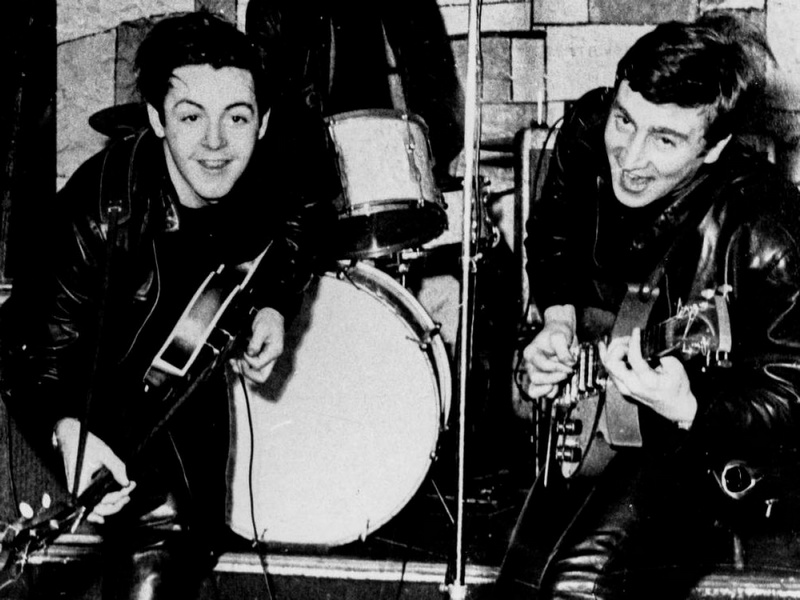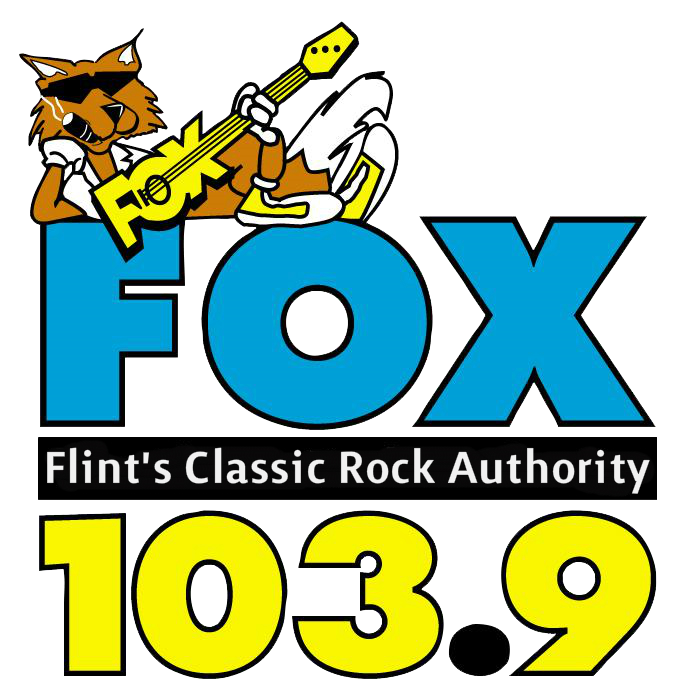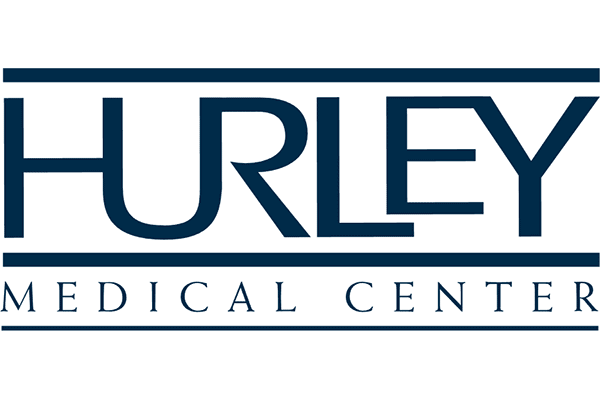
It was 65 years ago today (July 6th, 1957), in Liverpool, England, that the most successful and beloved songwriting team of all time — John Lennon and Paul McCartney — first met, kick starting the Beatles‘ career. McCartney was brought to the St. Peter’s Church Garden Fete in the Liverpool suburb of Woolton by his and Lennon’s mutual friend Ivan Vaughan, to watch Lennon’s group the Quarrymen perform. Vaughan recalled to Lennon biographer Ray Coleman that he told McCartney: “You’ve got to come and meet this guy John Lennon. You’ll get on well with him.” In recent years, McCartney has revealed that he had seen the older Lennon around Liverpool more than once and took notice of his hardened “Teddy Boy” dress and demeanor.
Vaughan said that the 15-year-old McCartney was more interested in checking out the girls attending the Church social than the musical acts. At the moment that McCartney first laid eyes on the 16-year-old Lennon on stage, he was performing the Del Vikings‘ hit “Come Go With Me” — with almost completely improvised lyrics. After the Quarrymen’s set, the left-handed McCartney impressed Lennon and the rest of the group by turning over one of the group’s right-handed acoustic guitars and belting out a few Little Richard numbers and Eddie Cochran‘s “Twenty Flight Rock.” Lennon was immediately impressed at the number of chords McCartney knew, as well as his ability to remember the correct lyrics to the songs.
In 1964, McCartney jokingly described the historic meeting in the forward to Lennon’s first book, In His Own Write, recalling that, “At Woolton village fete I met him. I was a fat schoolboy and as he leaned his arm over my shoulder, I realized that he was drunk.”
In 1967, Lennon recalled his first impressions of McCartney, remembering that, “I was very impressed. . . He could obviously play guitar, I half thought to myself, ‘He’s as good as me’. . . He also looked like Elvis (Presley). I dug him.”
After the Beatles’ breakup, John Lennon set the scene for the legendary and historic first meeting: “Paul met me the first day I did ‘Be-Bop-A-Lula’ live on stage, okay? A mutual friend brought him to see my group, called the Quarrymen. And we met and we talked after the show and I saw he had talent and he was playing the guitars backstage and doing ‘Twenty Flight Rock’ by Eddie Cochran. And I turned around to him right then on first meeting and sat, ‘Do you want to join the group? And he said, (imitates mumbling indecision). And I think he said ‘yes’ the next day” as I recall it.”
Throughout the years McCartney has always maintained that the meeting was one of the most amazing twists of divine intervention: “I kind of just count my blessings, y’know? I feel very lucky — and there is so much fate involved. Y’know, my friend Ivan Vaughn taking me to Woolton village fete, me seeing John there, me going backstage — talking to him, me happening to know the words to ‘Twenty Flight Rock,’ him happening to be impressed. Don’t ask me about conclusions about life — never mind the Beatles’ career — or that aspect of it.”
Shortly before her 2015 death, Lennon’s first wife, Cynthia Lennon, said that watching Lennon and McCartney collaborate in the early days was always an incredible experience: “They were absolutely wrapped up in their music. And their friendship was so — you could taste it almost — the essence of what they were doing was so tight-knit. And the balance of John and Paul’s lyrics and way of thinking and way of creating the music — well it was fascinating, the whole thing.”
In 1970, John Lennon told Rolling Stone that he was faced with a dilemma in forging a partnership with Paul McCartney, recalling, “Was it better to have a guy who was better than the people that I had in? To make the group stronger? Instead of going for an individual thing we went for the strongest format — equals.”
A recording from that evening’s performance, containing several songs including “Puttin’ On The Style,” was purchased by Lennon’s widow Yoko Ono in the mid-’90s. A low-fi snippet of the tune, which has made the collectors rounds over the years, shows that Lennon’s distinctly nasal rasp was already in full effect by the summer of 1957.
Although Lennon often stated that he asked McCartney to join the band that night, McCartney has long stuck by the story that a week or so passed before Lennon had his then-best friend and Quarrymen bandmate Pete Shotton ask McCartney to join. McCartney said that he needed to ask his father’s permission, and that wouldn’t actually be able to officially join until he returned from Boy Scout camp later that summer.
McCartney made his official live debut with Lennon and the Quarrymen on October 18th, 1957 at Liverpool’s Conservative Club’s New Clubmoor Hall — by which time he and Lennon had begun their first songwriting collaborations.
George Harrison met Lennon in November 1957 through his friendship with McCartney, and eventually joined the Quarrymen in March 1958. Harrison felt that Lennon’s tumultuous childhood not only shaped Lennon’s life — but the Beatles’ entire career: “John was, like, very tough. I mean, he had that ability to be gentle and soft and was lovely, but, y’know, he was acid, too. He gave that hard edge to the Beatles. He was an orphan, y’know? Well, he. . . his father left home and you’ve heard the songs, (sings) ‘Mother, you left me, but I didn’t leave you.’”
Paul McCartney recalled that coming from the same place and living through similar circumstances only enhanced his closeness with John Lennon: “I think that we’d grown up as kids from Liverpool, so we read each other, we knew each other’s history. The other very important thing is, both our mother’s had died when we were teen age, so we had a bond there that we never talked about — but each of us knew that that had happened to the other person. So, if you wanted to, you could talk about it. We hardly ever did. So, these kind of things, I think, gave us a strength.”
Ivan Vaughan, who stayed friends with both Lennon and McCartney over the course of their lives, went on to study the classics at University College, London. His wife transcribed McCartney’s English lyrics to French for the Beatles’ 1965 classic “Michelle.” In 1968 he briefly worked for the Beatles’ Apple Corps. helping out with the short-lived and ill-fated planning of an “Apple School.” In 1977, Vaughan was diagnosed with Parkinson’s disease, and in 1986 published a book, Ivan: Living With Parkinson’s Disease.
Vaughan’s eventual death in 1994 due to complications from the disease inspired McCartney to begin writing his first book of poetry, 2001’s Blackbird Singing, which included a poem titled “Ivan.”







